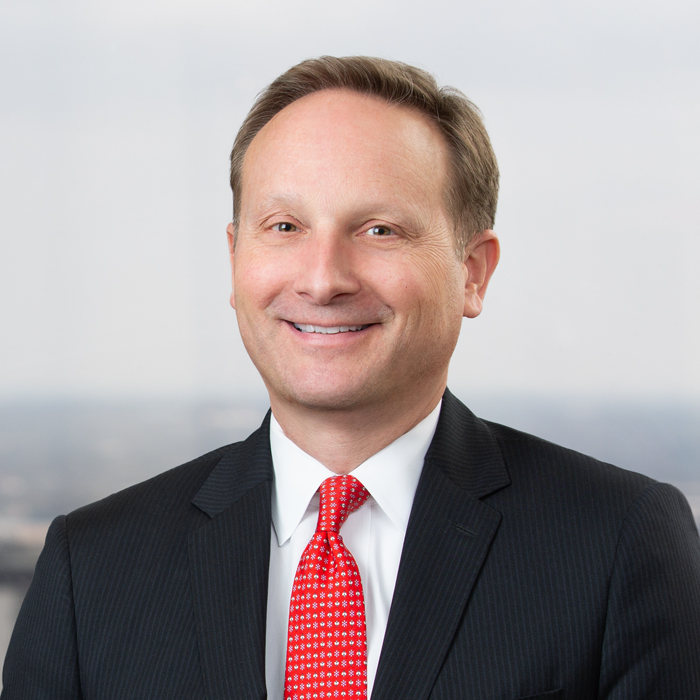By Lindsey Berwick & John Wittenberg
Revised PPP Loan Forgiveness Applications
On June 16, 2020, the Small Business Administration (SBA) released revised Loan Forgiveness Applications in connection with the Paycheck Protection Program (PPP):
- The revised Paycheck Protection Program Loan Forgiveness Application Revised June 16, 2020 [SBA Form 3508 (06/20)] (the “Revised Application”); and
- The new Paycheck Protection Program PPP Loan Forgiveness Application Form 3508EZ [SBA Form 3508EZ (06/20)] (the “EZ Application”).
The Revised Application
The Revised Application follows the same format, and requires substantially the same information, as the previously published Paycheck Protection Program Loan Forgiveness Application [SBA Form 3508 (05/20)], but has been revised to conform to the requirements of the Paycheck Protection Program Flexibility Act of 2020 (PPPFA).
View Jackson Walker’s June 5th article regarding the amendments under the PPPFA »
The EZ Application
The EZ Application now offers PPP borrowers a streamlined approach to applying for loan forgiveness; however, only certain PPP borrowers are eligible to use the EZ Application instead of the Revised Application.
In order to be eligible to use the EZ Application, a PPP borrower must be able to satisfy one of the three criteria below:
- The Borrower is a self-employed individual, independent contractor, or sole proprietor who had no employees at the time of the PPP loan application and did not include any employee salaries in the computation of average monthly payroll in the Borrower Application Form [SBA Form 2483].
- The Borrower:
- did not reduce annual salary or hourly wages of any employee by more than 25% during the Covered Period or the Alternative Payroll Covered Period compared to the period between January 1, 2020 and March 31, 2020 (for purposes of this statement, “employees” means only those employees that did not receive, during any single period during 2019, wages or salary at an annualized rate of pay in an amount more than $100,000); AND
- did not reduce the number of employees or the average paid hours of employees between January 1, 2020 and the end of the Covered Period. (Ignore reductions that arose from an inability to rehire individuals who were employees on February 15, 2020 if the Borrower was unable to hire similarly qualified employees for unfilled positions on or before December 31, 2020. Also ignore reductions in an employee’s hours that the Borrower offered to restore and the employee refused).
- The Borrower:
- did not reduce annual salary or hourly wages of any employee by more than 25% during the Covered Period or the Alternative Payroll Covered Period compared to the period between January 1, 2020 and March 31, 2020 (for purposes of this statement, “employees” means only those employees that did not receive, during any single period during 2019, wages or salary at an annualized rate of pay in an amount more than $100,000); AND
- was unable to operate during the Covered Period at the same level of business activity as before February 15, 2020, due to compliance with requirements established or guidance issued between March 1, 2020 and December 31, 2020 by the Secretary of Health and Human Services, the Director of the Centers for Disease Control and Prevention, or the Occupational Safety and Health Administration, related to the maintenance of standards of sanitation, social distancing, or any other work or customer safety requirement related to COVID-19.
Instructions for completing the Revised Application may be found here. The EZ Application must be submitted to the PPP lender and may be submitted electronically.
Recommendations
The Revised Application and EZ Application should make it easier for PPP borrowers to apply for loan forgiveness. These forms and accompanying instructions include measures intended to reduce compliance burdens and simplify the application process for PPP borrowers. We strongly recommend PPP borrowers contact their PPP lender to discuss the process and procedure being used to process loan forgiveness applications.
More to Come
As we have noted in prior articles, the facts, laws, and regulations regarding COVID-19 are developing rapidly and frequently changing, including guidance involving the PPP. Since the date of publication, there may be new or additional information not referenced in this update. JW will continue to provide up-to-date insights and virtual events regarding COVID-19 concerns. Our most recent insights, as well as information about recorded and upcoming virtual events, are available at the JW Coronavirus microsite.
This update is not intended to provide legal advice, and no legal or business decision should be based on its contents. Please consult with your legal counsel for guidance.
JW Contacts
For specific assistance or more information concerning these loan programs, please contact John Wittenberg or Lindsey Berwick.
Related Resources:
Please note: This article and any resources presented on the JW Coronavirus Insights & Resources site are for informational purposes only, do not constitute legal or medical advice, and are not a substitute for legal advice from qualified counsel. The laws of other states and nations may be entirely different from what is described. Your use of these materials does not create an attorney-client relationship between you and Jackson Walker. The facts and results of each case will vary, and no particular result can be guaranteed.
